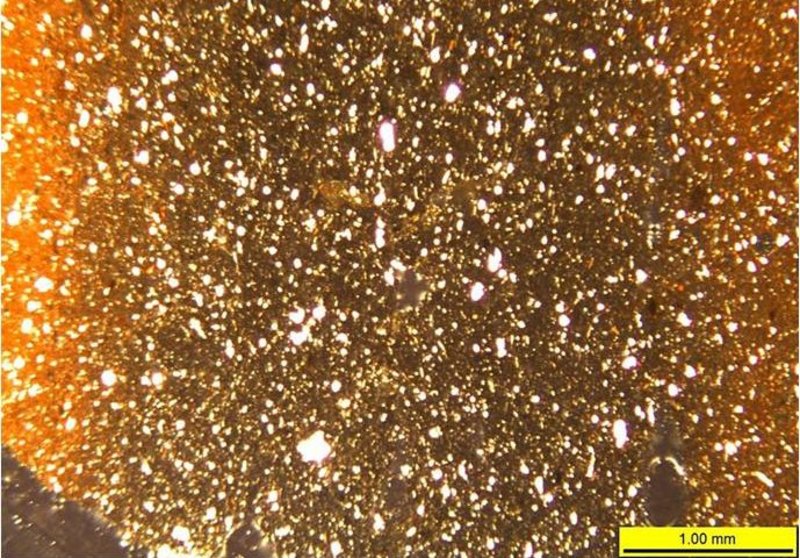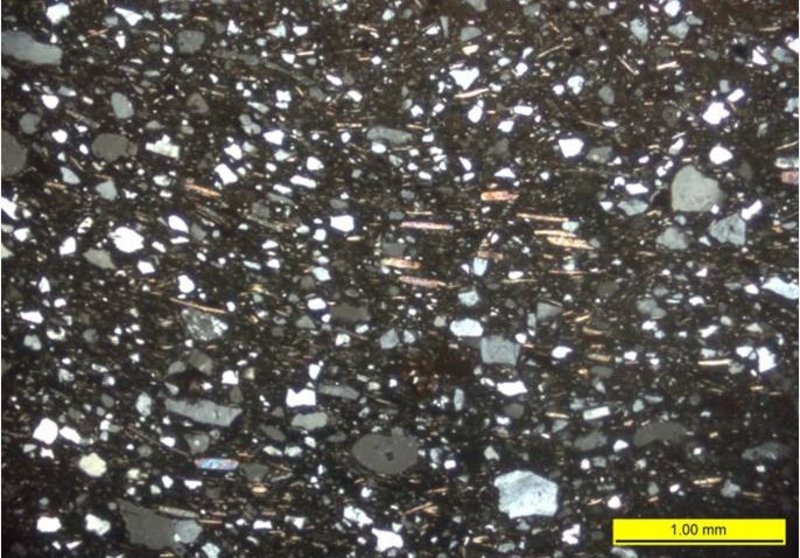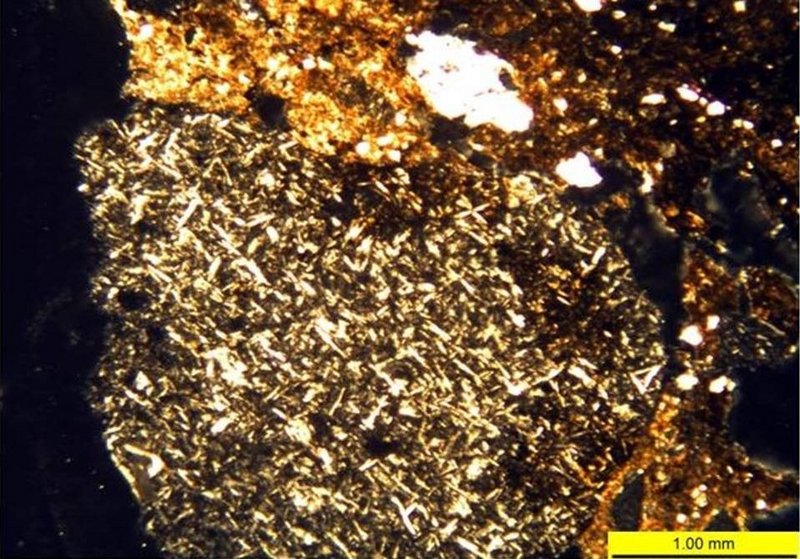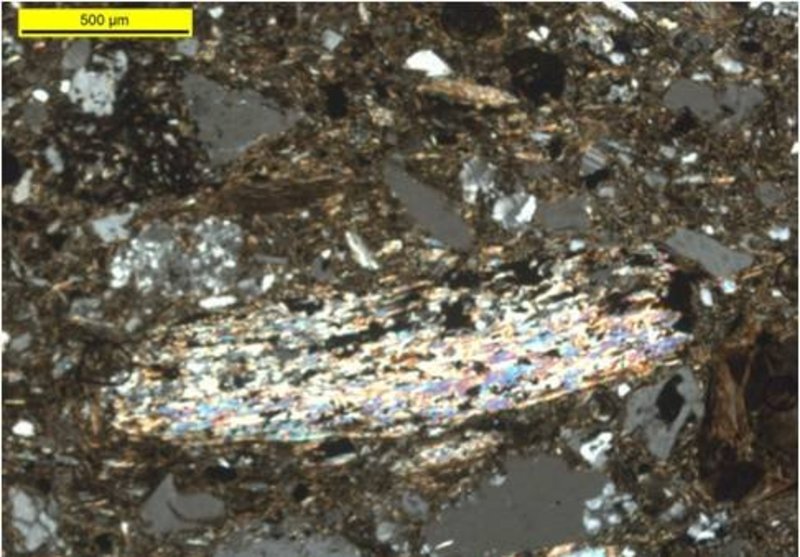Research
The methods followed were focused on analysing the full spectrum across all three ceramic assemblages (1953/1955 in the area of the Hera Temple; 1981 and 2009-2013 in the area north of the Sacred Road) that is to cover the range of wares, fabrics, and shapes/types in a combination of macroscopic, microscopic, microstructural and chemical observations. The data derived were combined with information on chronology and settlement phasing, geology/geomorphology of the island, and contextual analysis. The various levels of analysis include:
a) Morphological examination at a macroscopic level, namely the examination of pottery by naked eye, based on criteria such as vessel type/shape, surface treatment, decoration, firing condition and macroscopic fabric. This essentially allows a preliminary identification of technological choices, typological patterns, and stylistic/morphological features.
b) Petrographic analysis, i.e. the microscopic examination of ceramic thin sections, which allowed the identification and characterisation of the mineral and rock types comprising the non-plastic inclusions (composition, quantity, shape, grain size and distribution), the examination of the optical properties of the clay matrix, and assessment of the textural associations of the above components (microstructure, colour and optical activity), providing information on both aspects of technology (raw material processing and clay preparation, firing characteristics, forming techniques) and provenance (geological and/or geographical). The preparation of the thin sections took place at the facilities of the Department of Archaeology, University of Sheffield. One ceramic slice was taken per sample and was ground and polished to the standard thickness of 30 μm. The examination of the ceramic thin sections was carried out at the Microscope Laboratory under a Leica Leitz Polarizing Light Microscope, at typical magnifications of x25 to x400.
c) Petrographic examination of thin section collections for comparative purposes from predominantly contemporary sites across the Aegean and western Anatolia.
d) Microstructural analysis via Scanning Electron Microscopy-Energy Dispersive X-ray Spectroscopy (SEM-EDS), which established the micromorphological characterisation of the fabrics and surface of the samples under examination (firing temperature, surface treatment, microstructure). Such data can provide information on the types of clay used for slips in comparison to the composition of the body.
e) Geological prospection including the identification of potential raw material sources, collection and experimental analysis (ultimately by petrography) of clays, following the careful examination of Samos's geological background. Their comparison with the ancient pottery fabrics allowed the suggestion of geological and geographical provenance. This was also supported by an ethnographic study and examination of ceramics and tiles or bricks from kiln sites across the island.
f) Chemical analysis with Wavelength Dispersive X-ray Fluorescence (WD-XRF) is currently in progress. Bulk chemistry was not employed during the original stage of the analytical work, but a relative estimation and assessment of local versus non-local fabrics was made through a combination of contextual, macroscopic, and petrographic information.
A number of 282 samples covered not only all chronological phases and various settlement contexts, but have also represented the range of wares/surface treatments, variation in macroscopic fabric, and shape/type repertoire. In fact, the ceramic repertoire of EBA Heraion is characterised by a wide variety of shapes that represent different functional categories and a range of local products and suspected imports.
The main aims of this project were:
1. To characterize mineralogically the production technology of the pottery assemblages;
2. To reconstruct the operational sequence of the pottery production process through the chaîne opératoire approach;
3. To identify the geological and/or geographical provenance of the samples, and to distinguish between local products and probable imports through the examination of stylistic, typological and fabric influences;
4. To examine the diachronic development of the ceramic assemblage and the persistence of the manufacturing traditions through time;
5. To provide a framework for the comparative study of Samos with neighbouring sites and to investigate possible contacts of Heraion with contemporary sites in the eastern Aegean and beyond (Cyclades, western Anatolia), on the basis of pottery movement.








